
March 4, 2024
SLAS's upcoming Building Biology in 3D Symposium connects the lab to the clinic as it explores the dimensional aspects of cellular models, imaging and analysis pipelines. To gather ideas about what’s on the minds of symposium co-chairs, planning committee members, and keynote and session speakers, SLAS Electronic Laboratory Neighborhood first asked: What’s new?
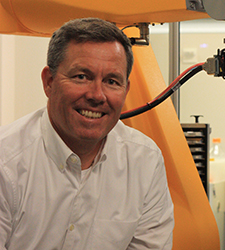
“What is new for the symposium is not only the beautiful venue, but also for the first time, we are incorporating a clinical perspective that brings in renowned physician scientists, neurooncologists and researchers from around the world,” says Symposium Co-chair Timothy P. Spicer, Ph.D., who eagerly anticipates hosting the SLAS Building Biology in 3D Symposium on his home campus at The Herbert Wertheim UF Scripps Institute for Biomedical Innovation and Technology, (The Institute; Jupiter, FL, USA), where he is senior scientific director in the Department of Molecular Medicine.
“This will set the tone for what I think we will see over the next few years. Three-dimensional approaches are the amalgamation of precision medicine initiatives, in more physiological relevant models of human disease, with machine learning and AI approaches that will produce clinically useful outcomes for physicians and their patients.
“I’m super excited to see and hear about the 3D models of cancer incorporating primary tumors from patients afflicted with various cancer diseases. These models are burgeoning into precision oncology initiatives especially when synchronized in time with the molecular pathology data (i.e., Omics and RNA sequencing), in which I anticipate we will hear about new accomplishments.”
What microphysiological system (MPS) excites you most and why? Where do you see this expanding in the next few years?
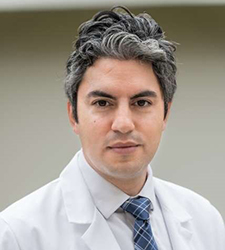
“There is so much to be excited about in this area!” remarks Opening Keynote Speaker Elias Sayour, M.D., Ph.D., an associate professor of neurosurgery and pediatrics, and principal investigator of the RNA Engineering Laboratory within the Preston A. Wells, Jr., Center for Brain Tumor Therapy and University of Florida (UF; Jupiter, FL, USA) Brain Tumor Immunotherapy Program.
“Biology is complex and poorly understood, and new 3D tools and techniques allow for unparalleled understanding of complex biology in a manner that can be mechanically interrogated and understood.
“As a cancer-focused investigator, I am most excited about the capacity of these 3D systems to inform us regarding oncologic transformation and evolution. This remains poorly understood in a paradigm of static biopsy samples that are inadequate to truly capture the dynamic heterogeneity, microenvironment, and evolutionary competition of the cancer ecosystem. However, with these new tools, we can start to unravel these mysteries allowing for new cancer discoveries and therapeutics.”
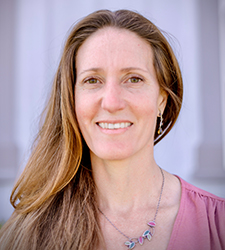
“As a drug developer, I can't name just one MPS that excites me the most because from a patient safety perspective we need to model all organs, especially those that are vital and non-monitorable in the clinic,” says Symposium Speaker Kimberly Homan, Ph.D., senior director and distinguished scientist, Complex in vitro Systems Lab Safety Assessment at Genentech, Inc., (South San Francisco, CA, USA).
“I spend most of my time deeply considering the qualifying data packages, which must accompany these models to enable their use across drug discovery and development. What excites me the most is moving the needle on deploying MPS and organoid models to lower clinical attrition of drugs in our pipeline and enhance translational outcomes for patients.”
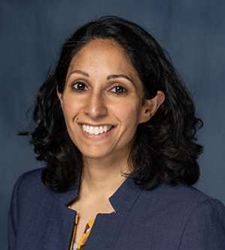
“The system that excites me currently is the high-throughput screening (HTS) capabilities that allow for rapid drug sensitivity testing of human tissue in real time. We expect this technology to result in translational research through a collaboration between UF Neurosurgery and UF Scripps,” says Symposium Session Chair Maryam Rahman, M.D., associate professor in the department of neurosurgery at UF.
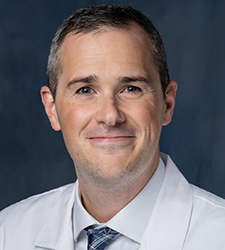
“As a cutaneous oncologist and translational scientist, I am most excited about the recapitulation of intact immune responses within the tumor microenvironment from patient-derived tumor sampling,” comments Symposium Speaker Bently Doonan, M.D., M.Sc., clinical assistant professor at UF’s Division of Hematology and Oncology.
“This has distinct advantages over isolated cell colonies from human tumors or murine implants. MPS systems, such as microfluidic chambers and reconstructions of metastatic sites based on density and gradient flow of immune cells, represent a significant advantage for the study of novel immunotherapy strategies not possible in knock-out mouse models used for human xenografting. I also see a lot of potential for avatar-based, ex vivo modeling of treatments utilizing these systems to optimize treatment selection in patients with advanced cutaneous malignancies and as an option for in silico clinical trial expansion. There is also a large need for high-throughput drug discovery both of existing drugs that can be repurposed for off-label use, combinations of immunotherapy with off-the-shelf drugs to enhance immune response, and coordination of single-cell variant of unknown frequency mutations with response to treatments that could truly lead to personalized medicine. These areas can be addressed directly from advances in 3D biology and the breakthroughs of those in attendance at the SLAS meetings.”
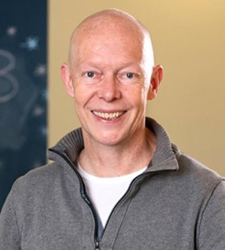
“Microphysiological systems are very aptly named, as they can induce a level of physiological balance in advanced biological models that is unequaled by any technology,” says Marc Bickle, Ph.D., a member of the symposium’s scientific planning committee and lead organoid phenotyping at the Institute of Human Biology (IHB), Roche Pharma Research and Early Development (Basel, Switzerland).
“Our body has evolved to respond to physical forces over millions of years and the integration of this fundamental force of nature is enabled by the MPS. The other crucial part of the name is micro, and this is where I see a lot of development in the coming years. Current systems are bulky and do not allow throughput that would enable drug discovery on an industrial scale. Development of integrated, miniaturized micro/nanofluidic systems in SBS standard plate formats amenable to automation will be key developments for the adoption of these systems in the drug discovery process.”
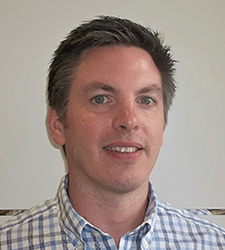
“I’m looking forward to several days of groundbreaking scientific presentations and active discussion on the topic of 3D cellular models, human translational science and the technology platforms that underpin these cutting-edge developments,” comments Symposium Co-chair James Pilling, Ph.D., associate principal scientist at AstraZeneca (Cambridge, UK).
“I thank my Co-chair Tim Spicer for hosting us and providing this chance to bring together expert scientists from across the globe at such an amazing world-leading venue.
“This year I’m also pleased to be taking part in the SLAS Roadshow Networking Session - Wisdom, Wildness and Wonder! It is a chance for scientists at the start of their careers to engage with our expert panel and hear their experiences and career journeys.”
